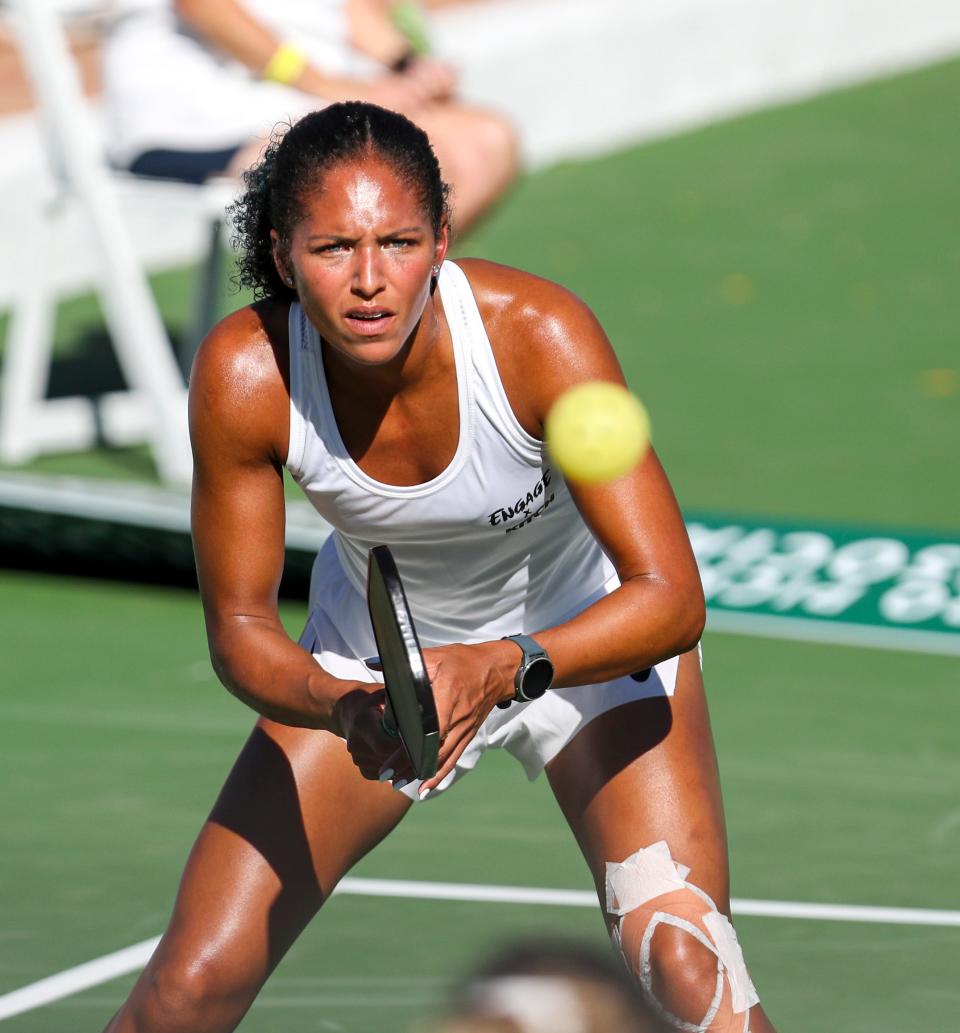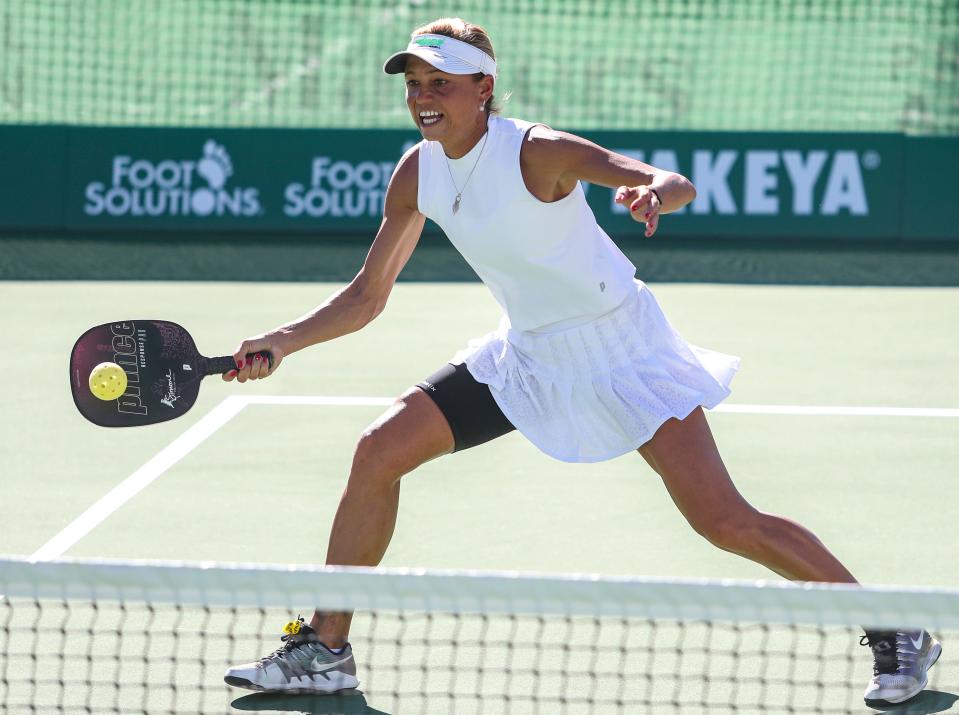Pickleball Points: Is rally scoring the future of the sport? What is it and what to know

There is a push to move to rally scoring in pickleball – why?
Volleyball, squash, badminton and ping-pong have gone to rally scoring, with amazing results. In tennis, both the server and the receiver can score.* Why might it be a good idea to change from what we do now?
Currently, pickleball uses what is called “side-out scoring.” Other sports used to use this system, and changed to rally scoring for the following reasons:
Games go much faster. This is helpful because it allows for quicker rotations on crowded courts.
Times for events are more predictable.
Both sides have a chance to score on every play.
If you are running a tournament, it is easier to predict the time frame needed to run an event.
With rally scoring, here are a few differences from the traditional side-out scoring system:
You can score on every rally.
In doubles, only one player on a team will serve on that rotation. You will only change sides if you score when you are serving.
You eliminate the complicated “1” and “2” designations in doubles play. If your score is odd, the player on the left will serve. If your score is even, the player on the right will serve.
Because the games will be faster, teams will play to 15 or 21 points, rather than 11. Win by one or two.
Before passing judgment, try rally scoring, so you can compare the two systems. Keep an open mind, because I think rally scoring is on the way to being part of pickleball!
What would it take for the rule to change? In the link below, the authors explain that several sports have evolved over time. Tennis has experimented with no-add scoring, and Wimbledon has introduced a final set tiebreaker. Perhaps rally scoring could be an option, but not the rule at every club or venue
What would it take for the rule to change? In the link below, the authors explain that several sports have evolved over time. Tennis has experimented with no-add scoring, and Wimbledon has introduced a final-set tiebreaker. Perhaps rally scoring could be an option, but not the rule at every club or venue.
For more detailed explanations of rally scoring, check out these links:
https://pickleballnews.com/rally/
https://www.pickleballmax.com/2019/02/pickleball-rally-scoring/

Coach Mary’s Tip of the Week: How do I handle spin shots as a receiver?
The last two weeks, I covered topspin and slice. Topspin is low to high, and slice is high to low. When a slice or a ball with topspin is coming toward you, what should you do?
First, if your opponent is hitting topspin, you need to shorten your backswing, and get low. You will need to move your body to accommodate the topspin return. Keep your paddle in front.
Balls hit with topspin bounce and then kick up and back. ·Your opponent can hit it harder, and it might appear to be out, but it will go in with the topspin. As a receiver, If you can identify the topspin, you will be able to move back and use a short hop or very small backswing to defend against it.
Cut returns have side spin, and you will need to anticipate the ball moving away from you or into your body. Again, shorten your backswing, move your body, and get low and behind the ball.
Slice creates backspin, so the ball will die at your feet. You will have to anticipate this when you see your opponent using a high to low follow-through.
When returning a ball with slice, you need to shorten your backswing, and get low, and keep your paddle low to high in front of you.
With all pickleball returns: You must shorten your backswing, generate power from your core, glutes, legs by getting your hips behind the ball, and incorporate a big follow-through.
Whatever technique you use, you should attempt to return deep, and then get to the net. Accent your follow-through, and move to the net with your follow-through.
Be sure to watch this great video on how to defend spin, and how to create spin: https://youtu.be/Tx6uL8gTpF4
Have a question or comment? Email us at pickleball@desertsun.com
*Correction: An earlier version of this column mischaracterized scoring in tennis.

This article originally appeared on Palm Springs Desert Sun: Pickleball Points: Is rally scoring the future of the sport? What is it

